Brown To Green Compost Ratio (The Easiest Guide Ever!)
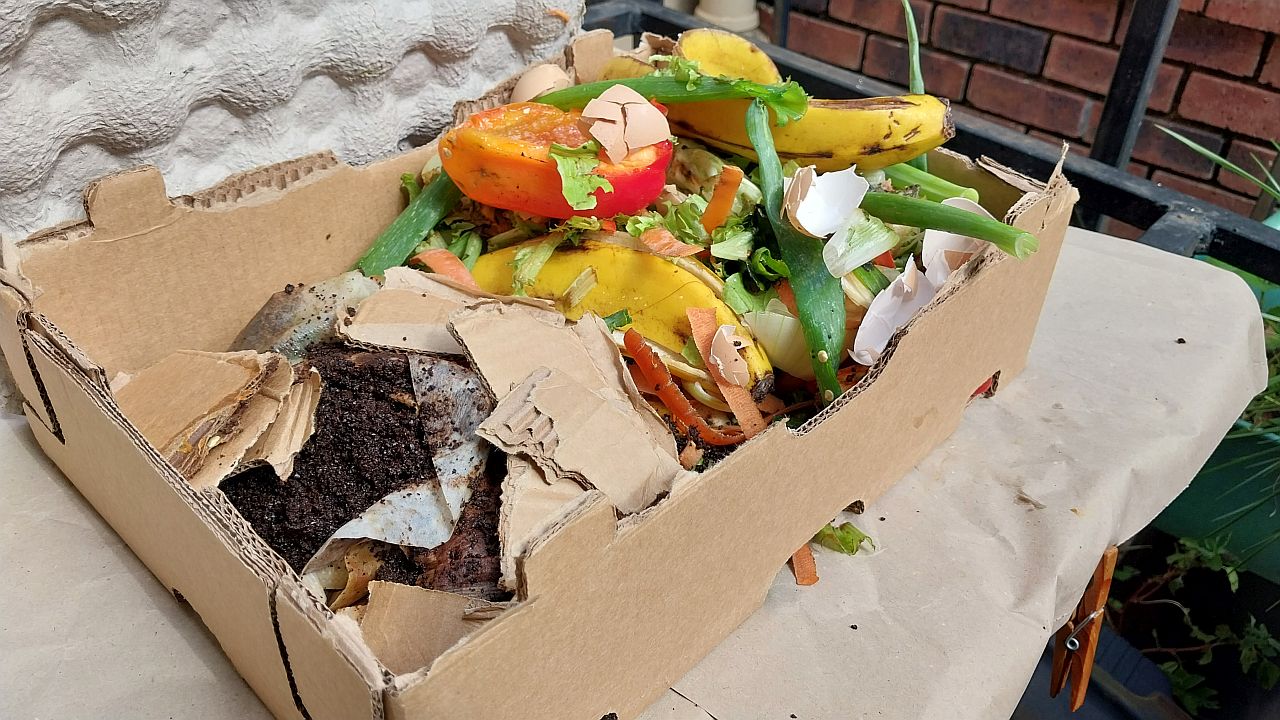
If you’re a regular here at Help Me Compost (thank you!), you know I talk a lot about balancing greens and browns. Greens (organic wastes high in nitrogen) and browns (carbon-rich wastes) are 2 essential ingredients your compost needs in a specific ratio.
I like to keep composting stress-free, so I usually give loose guidelines for balancing browns and greens.
But there’s a more precise way to get the ratio right.
If you don’t want to leave your composting results to chance, you can turn to mathematics to figure out exactly how much brown vs. green waste to add. But, for all composters keen to get down to the specifics of balancing greens and browns, this article’s for you!
Compost Ingredients Ratio
Let’s start with the basics: browns and greens are 2 must-have compost ingredients.
Browns materials are your dry organic wastes like fallen leaves, branches, wood chips, sawdust, shredded paper, and cardboard egg boxes. These materials are high in carbon, and they break down slowly.
Why does compost need carbon? Carbon-rich materials fuel composting creatures as they break down the waste ingredients. They also encourage airflow.
Carbon can be compared to “energy food” for microorganisms in a similar way that carbohydrates provide energy in our own diet.
Greens are wet organic wastes such as fresh grass clippings and plant cuttings, fruit and veggie scraps, and fresh manure from herbivore livestock. Green materials have lots of nitrogen and decompose fast.
Why does compost need nitrogen? Nitrogen gives composting creatures what they need to grow strong and multiply.
Nitrogen can be compared to protein. It helps compost microbes to build cells to break down the carbon components of organic waste.
Compost needs a particular ratio of nitrogen-rich greens to carbon-dense browns to decompose efficiently.
What Is The Correct Ratio For Composting?
There are 2 ways to measure your ratio of these ingredients. First, if you’re into keeping things simple (like me!), you can measure your greens to browns by volume.
However, suppose you don’t mind putting in the extra effort if you get a more exact ratio. In this case, you can calculate your ingredients’ carbon-to-nitrogen ratio by weight.
To create conditions for smooth, speedy decomposition, aim for 1 of these ratios:
- Greens to browns (simple measurement): 1:1 (half greens, half browns) or 1:2 (1/3 greens to 2/3 browns) by volume.
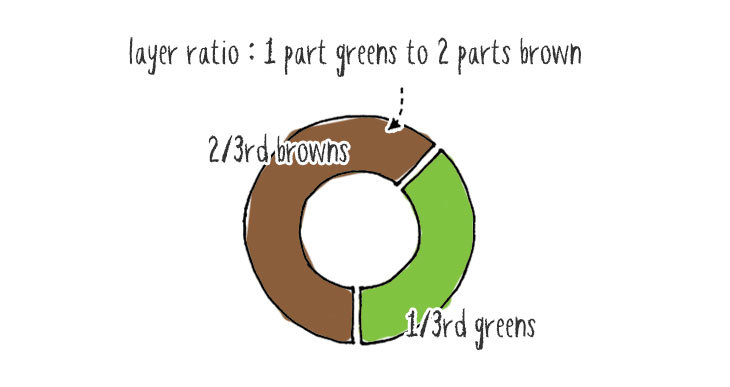
- Carbon to nitrogen (tricky measurement): 25-30:1 (25 to 30 parts carbon to 1 part nitrogen) by weight.
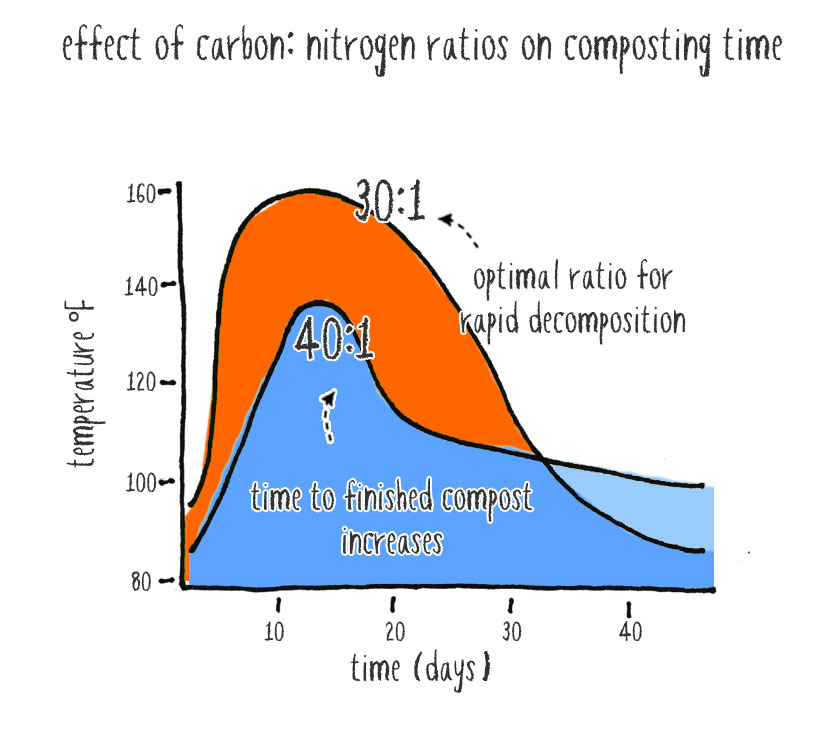
What Is The Proper Brown To Green Ratio for Compost?
Perhaps you’ve decided to use the easier greens to browns method to measure your compost ingredient ratio (instead of carbon vs. nitrogen). This is a flexible option, so forget about perfection.
You want to make your pile about 1/3 greens to 2/3 browns. So, you’ll throw in 1 bucketful of greens for every 2 bucketfuls of browns.
Let’s imagine your greens are mainly fruit and veggie scraps, and your browns are dry leaves and twigs. You’ll build a compost pile by alternating thin layers of browns and greens until you’ve laid down your entire bucketful of kitchen waste and two bucketsful of dried-out garden waste.
Tip: Start your compost pile with a layer of bulky browns like corn cobs or branches to help air circulate throughout your compost. And finish your pile with a layer of browns like dry leaves to keep potential smells in and pests out.
Composting and the Carbon Nitrogen Ratio
Now for the complicated method. Everyone after accuracy, this is what you’ve been waiting for.
Your goal is to make your compost 25 to 30 parts carbon to every 1 part nitrogen (or 25-30:1), and you can do calculations to help you reach these ingredient proportions.
Ready for a brain workout? Let’s go!
How To Calculate C: N Ratio In Composting
You can calculate your compost’s carbon-to-nitrogen ratio by following these 4 steps:
- Step #1: Find your ingredients on the compost ratio chart coming up later in this article, and record their carbon and nitrogen percentages.
- Step #2: Work out your compost’s total carbon value. Do this by weighing your ingredients individually, then multiplying each ingredient’s weight by its carbon percentage.
So, if you have 20 pounds of straw, your sum will be:
20 lbs straw x 48% = 9.6 lbs carbon
Once you have the carbon values for all your ingredients, add the values together. Your answer is your compost’s total carbon value.
- Step #3: Work out your compost’s total nitrogen value by multiplying the ingredients’ weights by their nitrogen values (like you did to calculate the carbon value in step #2).
Let’s use the 20 pounds of straw as an example again:
- Lbs straw x 0.5% = 0.1 lbs nitrogen
Add all your ingredients’ nitrogen values to get your compost’s total nitrogen value.
- Step #4: Divide the total carbon value by the total nitrogen value. Your answer is the carbon-to-nitrogen ratio (or how many parts carbon to 1 part nitrogen).
Remember, you want to get to 25 to 30 parts carbon to 1 part nitrogen, so adjust your ingredients till you hit this range.
What Is The Ideal Ratio Of C: N At The Start Of A Compost Pile?
A carbon-to-nitrogen ratio of 25-30:1 should give your compost a good start.
If your carbon-rich materials are bulky and hard to break down, like corn cobs and branches, aim for the higher end of the carbon range. You can also cut up or shred the bulky materials to make the carbon more readily available to compost microorganisms.
As the compost decomposes, it loses carbon as CO2. By the time it’s finished, its carbon-to-nitrogen ratio is usually in the range of 10-15:1.
What Happens To Compost If The C: N Ratio Is Too Low?
It will raise a stink if compost’s carbon levels drop too low.
These are 2 things that can go wrong if compost doesn’t have enough carbon:
- The compost can get so hot that it kills its microorganisms.
- The compost can switch from aerobic (with air) to anaerobic (without air) decomposition, producing a stench like rotten eggs.
On the flip side, if carbon levels are too high, compost temperatures can’t rise high enough for fast decomposition, so the wastes break down very slowly.
How To Maintain C: N Ratio In Composting

To prevent sluggish or stinky compost, start your pile with a good balance of carbon to nitrogen (or browns to greens if you’re going fuss-free), and maintain this balance as you add new waste to your pile.
Don’t worry if you struggle to track what you add daily (I get it; some days, I can’t remember what I ate at my last meal!). Your compost will tell you if it needs a top-up of 1 of its essential ingredients.
Watch out for these signs your compost needs more nitrogen:
- It doesn’t heat up.
- It takes a loooong time to break down waste.
And keep an eye open for these desperate calls for more carbon:
- Compost that’s too hot.
- Smelly compost.
Compost Ratio Chart
Here are common compost ingredients’ carbon and nitrogen percentages for your carbon-to-nitrogen calculations:
| Compost Ingredient | Carbon % | Nitrogen % |
| Alfalfa pellets | 40.5 | 2.7 |
| Blood meal | 43 | 13 |
| Cottonseed meal | 42 | 6 |
| Soybean meal | 42 | 6 |
| Dry legume hay | 40 | 2.0-2.5 |
| Dry non-legume hay | 40 | 1.0-1.5 |
| Fresh cow manure | 12-20 | 0.6-1.0 |
| Fresh horse manure | 20-35 | 0.5-1.0 |
| Fresh laying chicken manure | 10.5-20 | 1.5-3.0 |
| Fresh broiler chicken manure | 20-32.5 | 1.3-2.0 |
| Dry wheat or oat straw | 48 | 0.5 |
| Fresh grass clippings | 10-15 | 1.0-2.0 |
| Fallen leaves | 20-35 | 0.4-1.0 |
| Newspaper or cardboard | 40 | 0.1 |
| Woodchips or sawdust | 25-50 | 0.1 |
| Coffee grounds | 25 | 1.0 |
| Fresh leafy veg wastes | 10 | 1.0 |
| Starchy veg wastes | 15 | 1.0 |
| Kitchen scraps | 10-20 | 1.0-2.0 |
| Fruit wastes | 8 | 0.5 |
| Fresh seaweed | 10 | 1.0 |
FAQ
What about the ingredient ratio for compost tumblers? What’s the ultimate recipe for compost you can spin?
Compost Tumbler Green To Brown Ratio
To kick-start decomposition, it is recommended to begin with a green-to-brown ratio of 1:1. You can then increase the browns to move your ratio closer to 2:3, or 2 parts greens to 3 parts browns.
Just like recipes for best-ever choc-chip cookies, the recipes for tumbler-made compost differ from person to person. But this rule of thumb is an excellent way to keep on top of things.

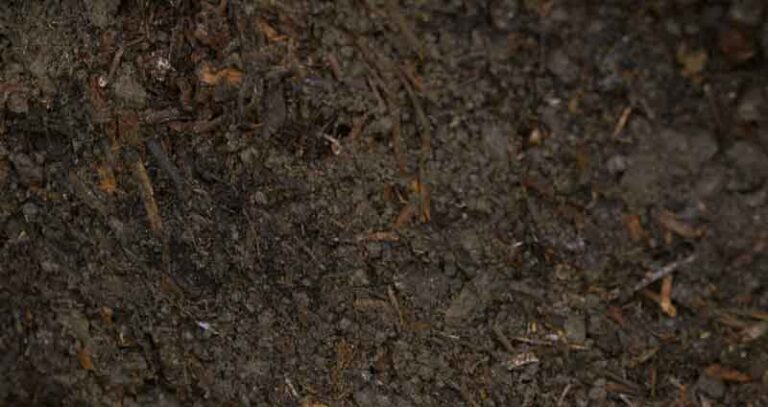
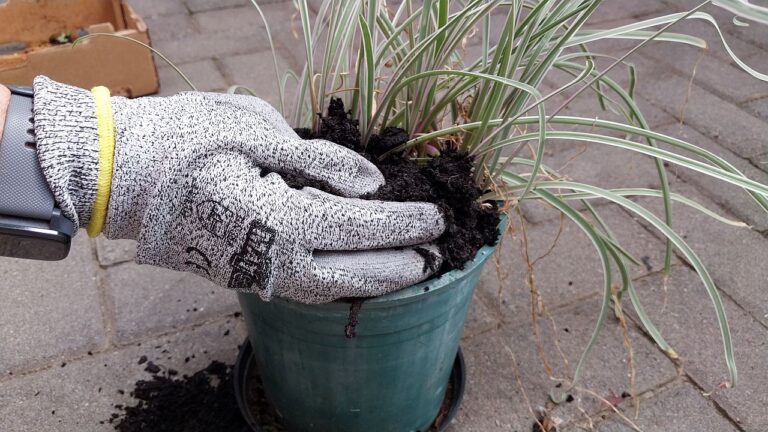

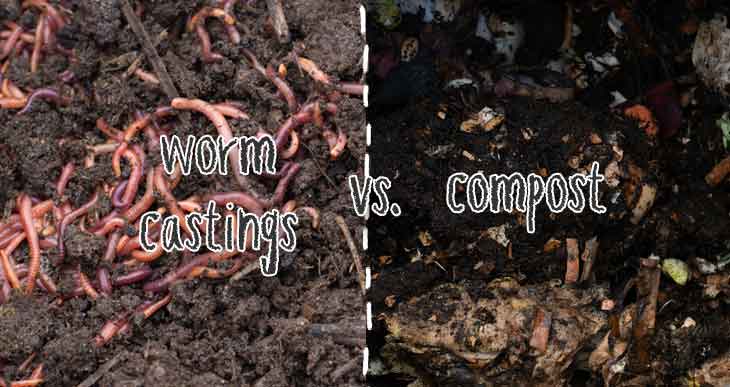

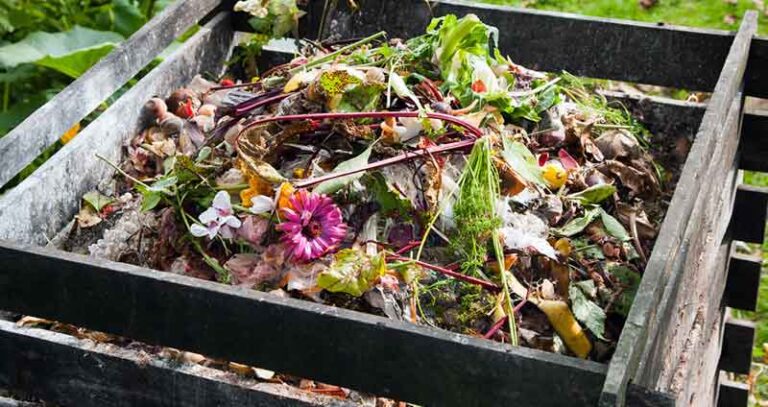
Can I use a large planter pot with a wood lid as a compost container? If so would I need to make holes in the side? The bottom also has a water catcher. Also, would I keep this out in the winter or can I move it into the garage?
Hi Brenda! Using a large planter pot with a wood lid for compost is creative! Holes on the sides for aeration and drainage are a good idea. The water catcher at the bottom can help control moisture. As for winter, it’s best to move it into the garage to keep the composting process going.
Thank you so much for this information
Happy to help Michelle 🙂